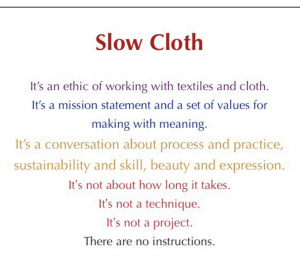Passage is a bricolage sculpture of a flying machine that emerged through an exploration of fashion, silenced voices and reclamation. It imagines an answer to the question, “How would a steampunk airship look if it were constructed from Victorian style clothing and metal home decor items?” Building on Leanne Prain’s argument that the things we wear communicate our personal stories, I lash and stitch together the narratives of abandoned housewares and puritanical clothing to create a fantastical vessel that juxtaposes Victorian repression with the wilful and imaginative resilience of steampunk culture. Passage communicates that repressed narratives are sailing forth in a reclaimed guise that symbolizes alternatives to mainstream conceptions and standards.
While the clothing used to create Passage came from my closet, I reworked it in the Victorian style. So, instead of indicating my “financial and social status, religion, political affiliations [or] nationality” (Prain 37), it calls forth stories of female fashion in the 1880s. During this era women’s clothing functioned as controlling packaging that presented women as passive objects (Jerez 53). Dressing the sculpture in this style activates this narrative of control as well as the motif of “the secret” from the gothic imaginary, “always too great and terrible to be mentioned, and already nonetheless common knowledge (Adriasola 110). Passage carries a secret that the dominant power wants to control.
But the flying machine is a symbol, not of repression, but of imagination taking flight–of alternatives born of self sufficiency in trying circumstances. It is emblematic of steampunk reclamation and invokes the narrative of literal and metaphysical reconstruction. The skeleton of this ship is an assemblage built from metal racks, stands and a lamp, all scrounged from thrift stores. I bound them into the form of an airship with hot glue and coat hanger wire–an appropriate material for textile upcycling–in a typical diy steampunk approach (Maly-Schmidt). Its actual re-form-action parallels the restructuring of thought that alternate worlds make possible. It cannot reject the past outright, but builds on the base it provides. In other words, steampunk style and culture is empowering in a reactionary way. Consequently, Passage carries the gothic secret with the intention of exposing it proudly.
The synthesis of upcycled “junk” and clothing into the form of a ship emphasizes the cyclic history of narratives that travel in society. The airship implies, through the gothic fantasy aesthetic, the electronic mediation of this information; it is aloft, unbound by material modes of transmission. The style of the ship and clothing adds an conservative and covert undertone, referencing gothic repression. Yet, lit from within, the message is alive and relevant to those for whom it has not gone out of style. The sculpture’s narrative further inspires viewers who would fashion their own tales. These tales constitute the secret that must be hidden or that participants in a subculture would dare to expose.
Passage illustrates how alternative stories have been rejected by mainstream society. Their reproach has driven these communications into hiding, but has by no means extinguished them.
�
Works Cited
Adriasola, Ignacio. “Modernity and Its Doubles: Uncanny Spaces of Postwar Japan.” October, No. 151 (Winter 2015): 108-127.
Jerez, Marta A. “Reinventing Female Fashion: From Victorian Apparel to Steampunk Expression of the Self.” On the move: Glancing Backwards To Build a Future in English Studies, Eds. Aitor Ibarrola-Armendariz, Jon Ortiz de Urbina Arruabarrena. Universidad de Duesto, 2015, pp. 53-62.
Maly-Schmidt, Samantha. “Steampunk.” Subcultures and Sociology. Grinnell College, haenfler.sites.grinnell.edu/steampunk/. Accessed March 28, 2019.
Prain, Leanne. Strange Material: Storytelling Through Textile. Arsenal Pulp Press, 2014.
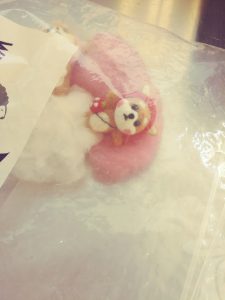


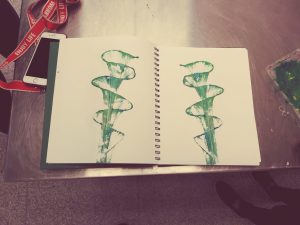
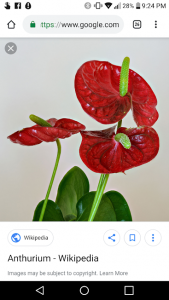
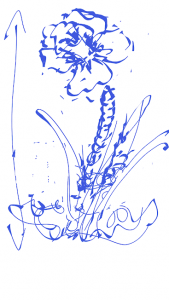
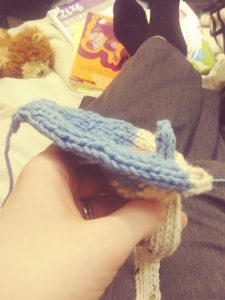
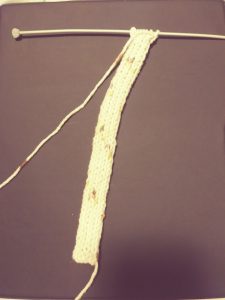
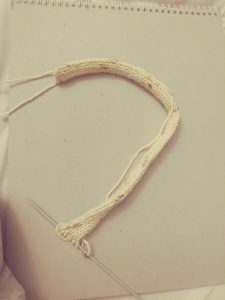


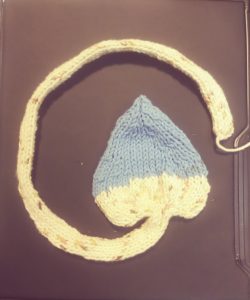
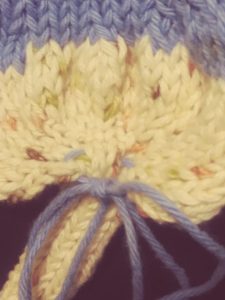
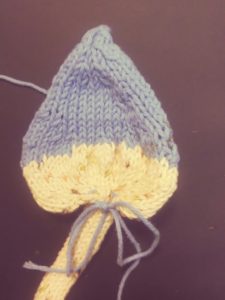

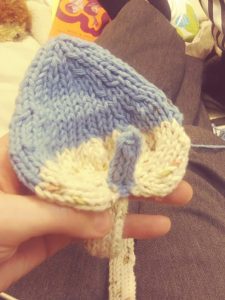
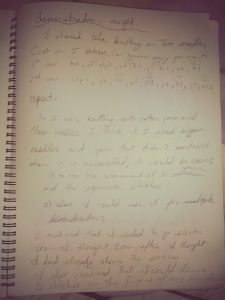



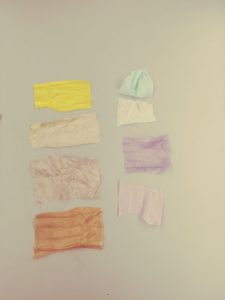
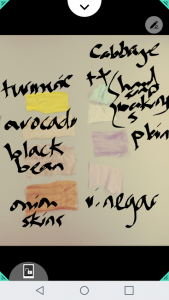
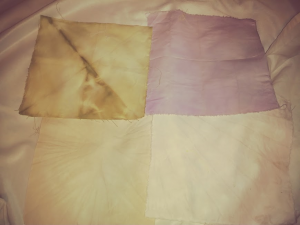
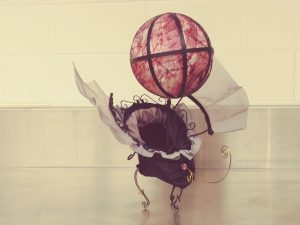
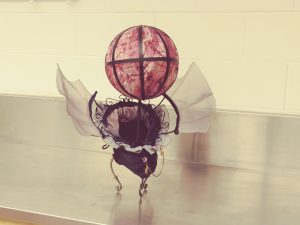
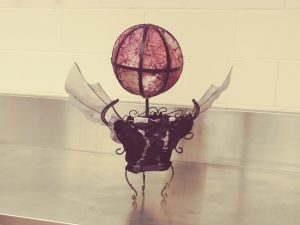
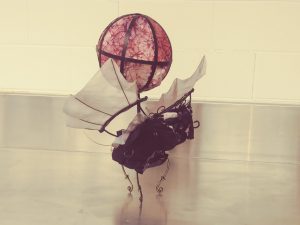

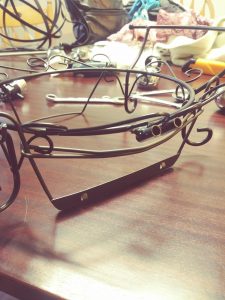

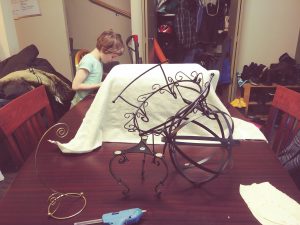
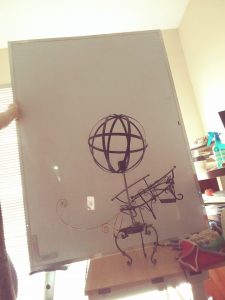




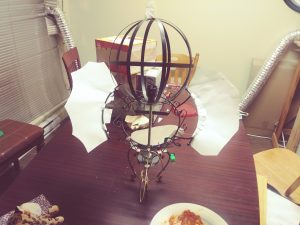
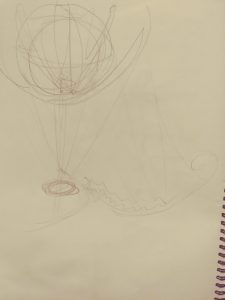
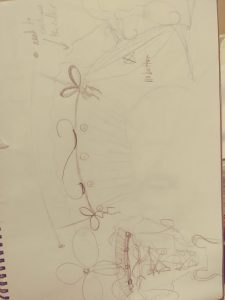



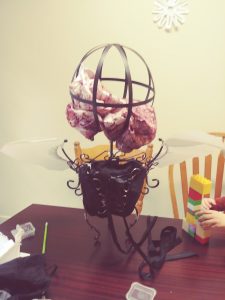

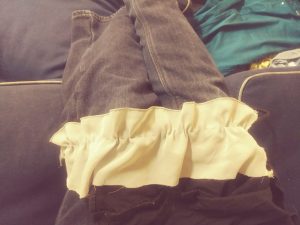
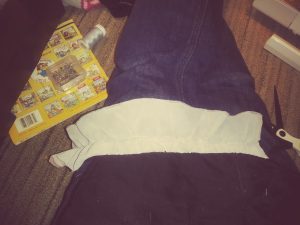
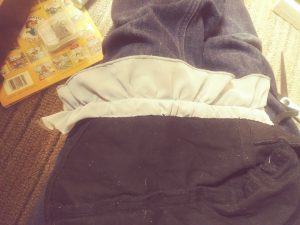


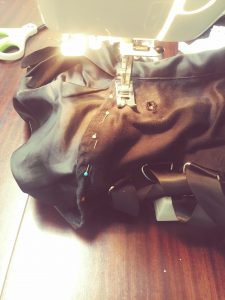

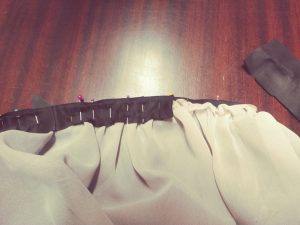
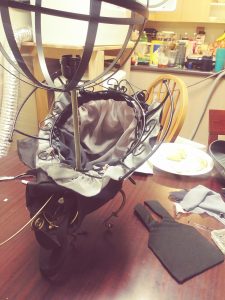
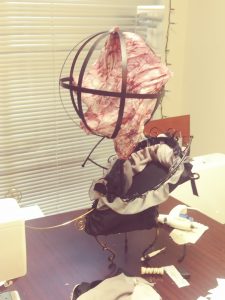
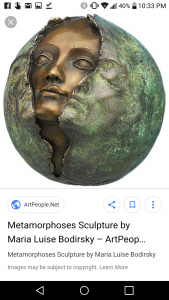
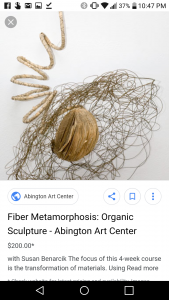



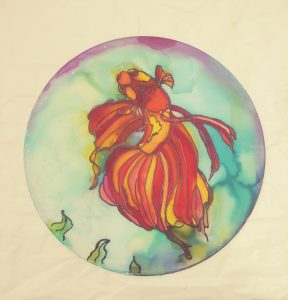
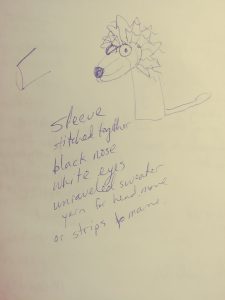
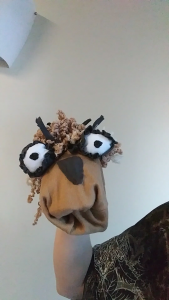
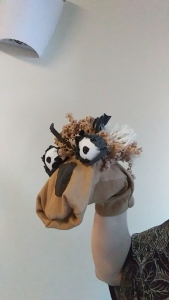
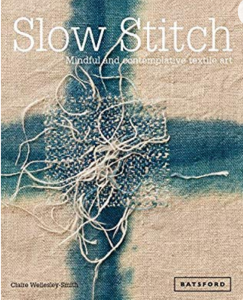
 I love how this one references traditional quilting with the repeated blocks connected with dashing, yet it looks a lot like a drawing. The lines aren’t straight, and the shapes are all a little wonky (academic term of the day) but perspectival illusion is somehow maintained and, viewed in a landscape format, it looks architectural. The muted pallette brings out the richness of colours that would typically fade into the background.
I love how this one references traditional quilting with the repeated blocks connected with dashing, yet it looks a lot like a drawing. The lines aren’t straight, and the shapes are all a little wonky (academic term of the day) but perspectival illusion is somehow maintained and, viewed in a landscape format, it looks architectural. The muted pallette brings out the richness of colours that would typically fade into the background.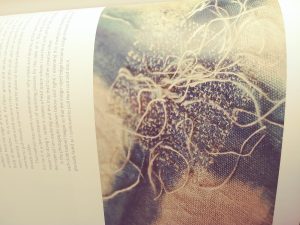 This image shows how different materials work together to create a product that is much more interesting than either would manage on its own. The stitched square seems to float above the background and echoes the angles of the black cross beneath it. It lays behind the tangle of coarse thread ends spread across the top. I feel like it shows how separation and connection can exist at the same time.
This image shows how different materials work together to create a product that is much more interesting than either would manage on its own. The stitched square seems to float above the background and echoes the angles of the black cross beneath it. It lays behind the tangle of coarse thread ends spread across the top. I feel like it shows how separation and connection can exist at the same time.